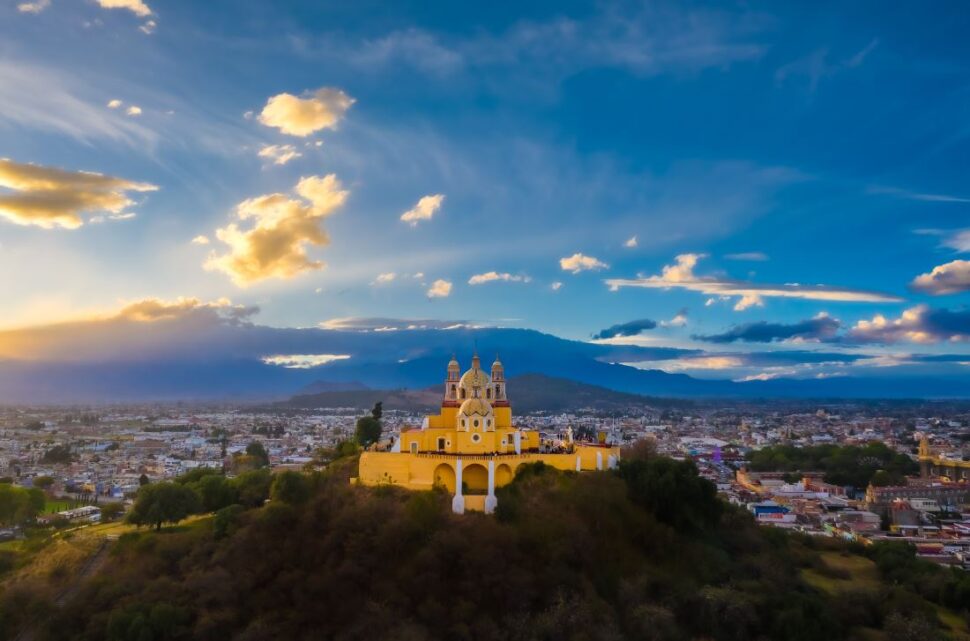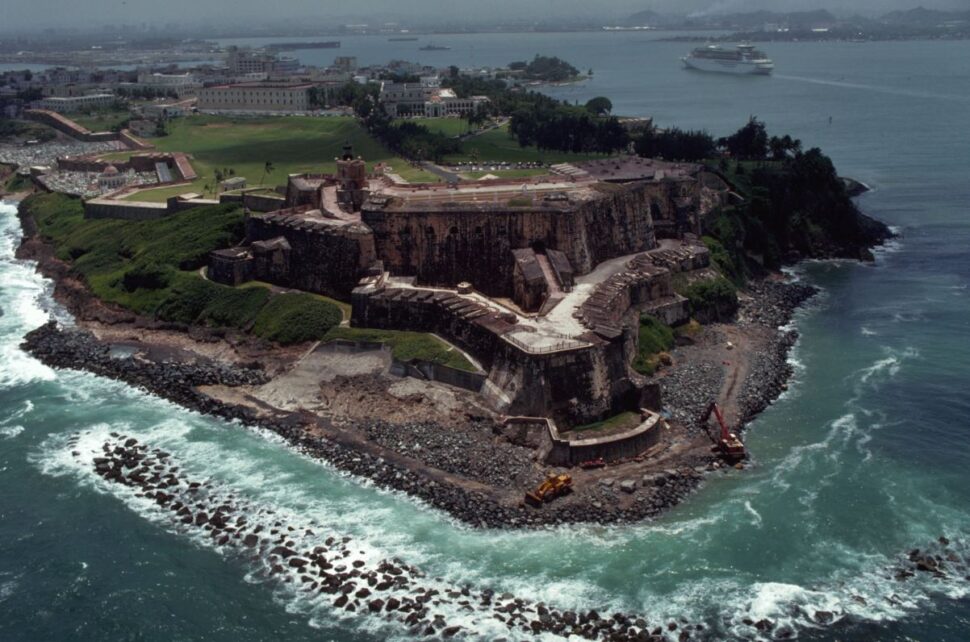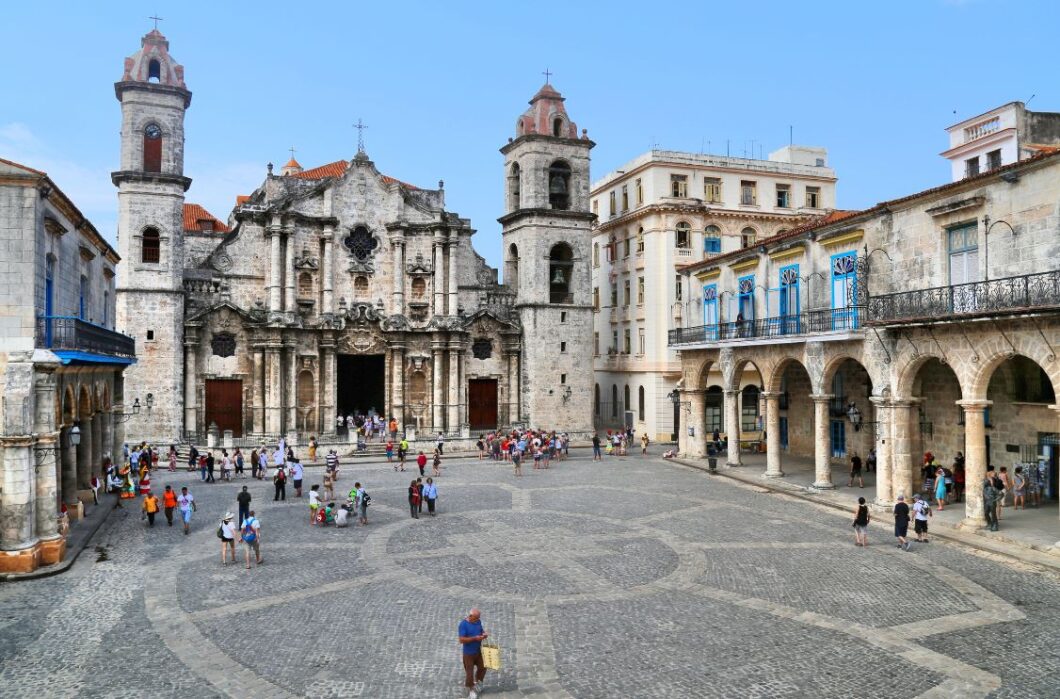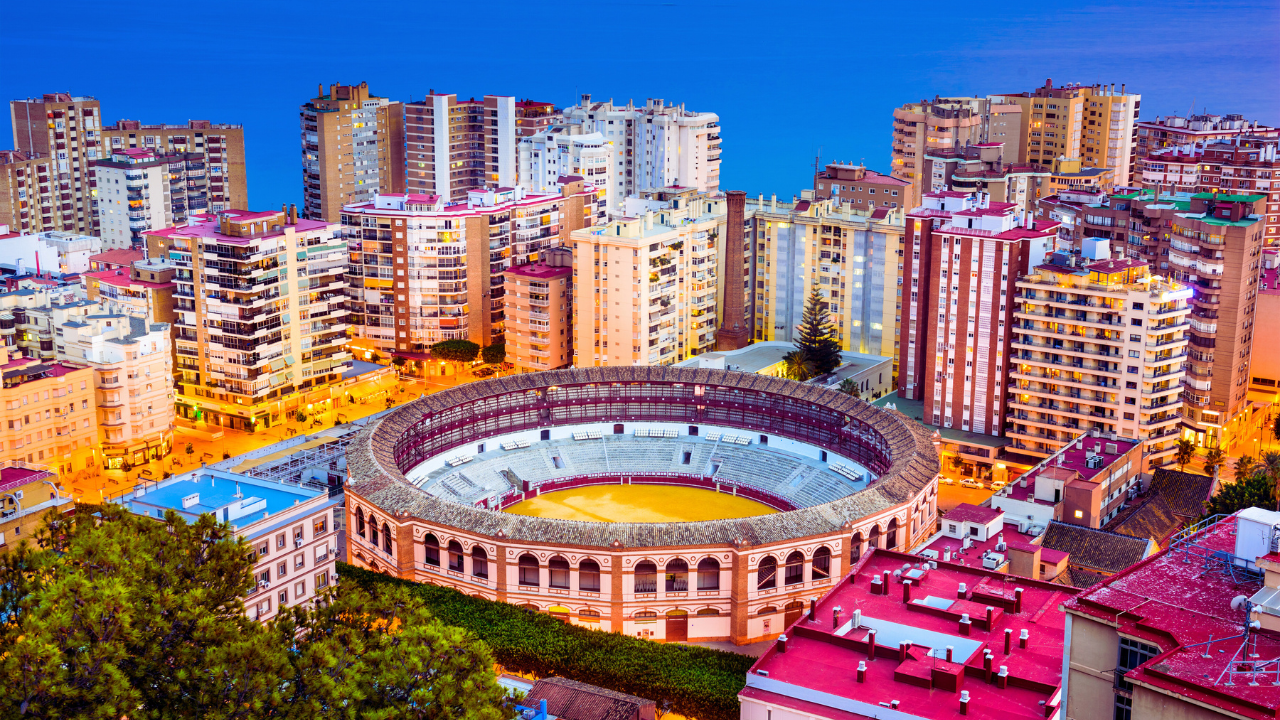Looking for a taste of Europe without actually going there? There are a number of sites across the Americas that look so much like Europe, you could swear you’re across the ocean. From Gothic churches to cuisine, the similarities are numerous.
However, the reason for this isn’t pleasant in most cases. European influence can be linked to centuries of colonialism across the Caribbean, South and Central America.
For example, long before Spain invaded Puerto Rico, Mexico and Cuba, indigenous populations thrived. The conquistadors wiped them out through violence and disease, or forced them to do brutal labor on behalf of the crown. Having subjugated the original inhabitants, Spain imposed their customs and religion. They also erected their cathedrals, castles and other colonial structures- many of which still stand today.
Check out these destinations in the Americas with a European flair.
Québec, Canada

Québec City is very proud of its French roots, so it’s no surprise that French is the dominant language. Even if you aren’t fluent, knowing a few phrases can be useful,
Where Ya At writes, “the French lifestyle is celebrated in Québec City. It is all about the art of living life to the fullest: this includes eating fine foods, drinking alcohol liberally, and overall enjoying the finer things in life.”
The winding, cobblestone streets, churches and shops of Québec, recall the small towns and villages of Provence. As noted by National Geographic, “Old Québec is so rich with unexpected treasures,” and you can enjoy them best on foot.
Puebla City, Mexico

Puebla City is Mexico’s fourth largest city, and it’s right by the Popocatépetl volcano.
In 1519, under conquistador Hernán Cortés, Spain occupied Puebla. You can see remnants of Spanish influence in the churches. Catedral Basílica de Puebla, and the Iglesia de Santo Domingo-Capilla del Rosario, have an unmistakably European appearance.
Puebla is also home to the Biblioteca Palafoxiana (Palafoxiana library), the only structure of its kind from Spain’s colonial era.
San Juan, Puerto Rico

Old San Juan is full of history, and it was conquered by Juan Ponce de León in 1519.
The Convento de los Dominicos was the island’s first convent, while San José Church took its cue from 16th century Spanish architecture.
The church fell into disrepair, closed in 2000, and re-opened in 2021 after an extensive renovation. But the Old World aesthetic is unchanged. Whether you go for mass or just for a visit, you’ll be interested to know that this is the second oldest church in the Americas.
If you go on a walking tour of Old San Juan, start at the Paseo de La Princesa, a beautiful old promenade. Tourists and locals enjoy visiting on a beautiful day.
Check out the fortress of San Cristobal, an UNESCO World Heritage Site, and Castillo San Felipe de Morro (called “El Morro” for short). Both are popular landmarks.
Vail, Colorado

According to Insider, “Vail was partially modeled after the Swiss ski resort of Zermatt.”
You can get a taste of Europe- quite literally- at some of Vail’s restaurants. Alpenrose offers an array of German, Austrian, and Swiss dishes. Inside the Sonnenalp Hotel is the Swiss Chalet Restaurant, and you can imagine what that looks like.
Travel blog, Pisco and Bier, writes that Vail has “Bavarian farmhouse-style architecture, cute Alpine hotels run by Bavarians, and restaurants serving authentic pretzels, Schnitzel, Glühwein (mulled wine), and many more German, Austrian and Swiss treats. A true European food heaven.”
New Orleans, Louisiana

The French influence in New Orleans is especially noticeable in the French Quarter, or the Vieux Carré. Here, classic shops and markets co-exist with bars, live music venues and other modern attractions.
But there’s a Spanish twist as well, which may not be so obvious. Much of the architecture there is, in fact, Spanish. The reason? A series of fires which destroyed what the French originally built.
The New Orleans site explains, “to pay a war debt, France gave up control of Louisiana to Spain from 1763 until 1803. Several fires destroyed the Vieux Carré’s original French architecture during Spain’s 40-year rule, so much of the city’s trademark charm can be credited to the Spanish rebuilding effort.”





